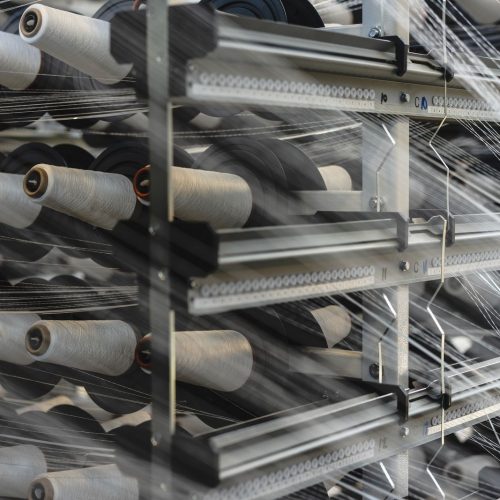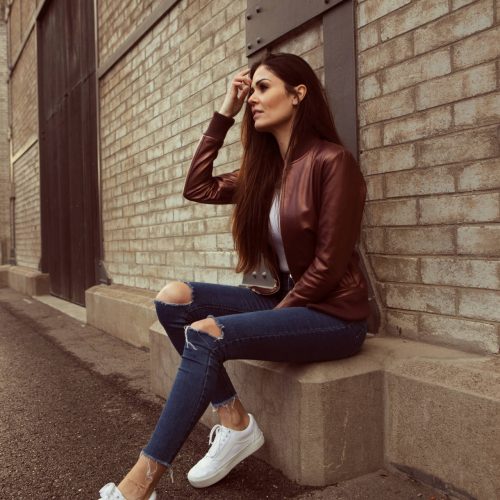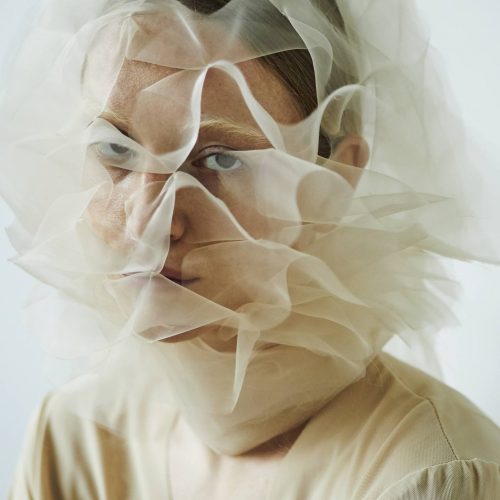How Will The Covid-19 Lockdown Affect Our Fashion Trends?
Without having a catwalk of pavements to present our carefully curated outfit combos on, fashion enthusiasts are now desperately grappling at the seams of indoor-wear as an output for creativity. With Instagram pages dedicated to working-from-home wear (see: @wfhfits) and a rising popularity of hashtags like #goingnowherebutfuckitimgettingdressed, social media is becoming a curated haven of fashionable face masks, matching lounge wear and colourful slippers. How will these lockdown trends develop and moreover, what will happen to fashion post corona?
It takes a crisis to form a tactic and fashion is no exception. Some of the best designs were born from struggle. Coco Chanel created women’s couture pieces from foraged fabrics when materials were scarce around the period of the First World War, such as jersey men’s underwear. This led to a huge shift in womenswear from restrained corsets to comfortable attire, making Chanel the innovative brand to beat.
During the 1918 Spanish influenza pandemic, surgical face masks became a staple item worn at all times both indoors and outdoors due to their essential protection. Escapist fashion of the 1930s and 40s originated from an epoch of political upheaval and future uncertainty. Restricted to repairing and reusing, creative remaking efforts became forms of expression during these times of confinement.
‘Escape and Evade’ maps were printed onto durable silk during the 1940s to be easily concealed under soldiers’ clothing. These maps were then re-used to produce items of clothing post-WWII, when fabrics were still being rationed. Similarly, the crisis that we are now finding ourselves in will undoubtedly initiate a shift in how we interpret fashion. Like the effect of past world wars and pandemics, we too will have to focus on quality over quantity, practicality over vanity.
This is a wake-up call for both us as consumers and for the industry as a whole. The threat that this pandemic holds over our heads is a call to action for the fashion industry to slow down, move away from mass production and change direction, before an even larger problem is at hand.
Sara Maino, deputy Editor in Chief of Vogue Italia and directora de Vogue Talents, recently stated: “We didn’t respect the planet until now and in a way this [pandemic] is a message and unfortunately it’s a very, very heavy message. Change had to be done. Everyone thought that the change would happen gradually, but that’s not the case. Change has to be done now, and done quickly” (Vogue, 2020). With so many minds united in a sense of comradery and, for once, time on our hands, the lock-down has offered us a chance to return to our drawing boards.
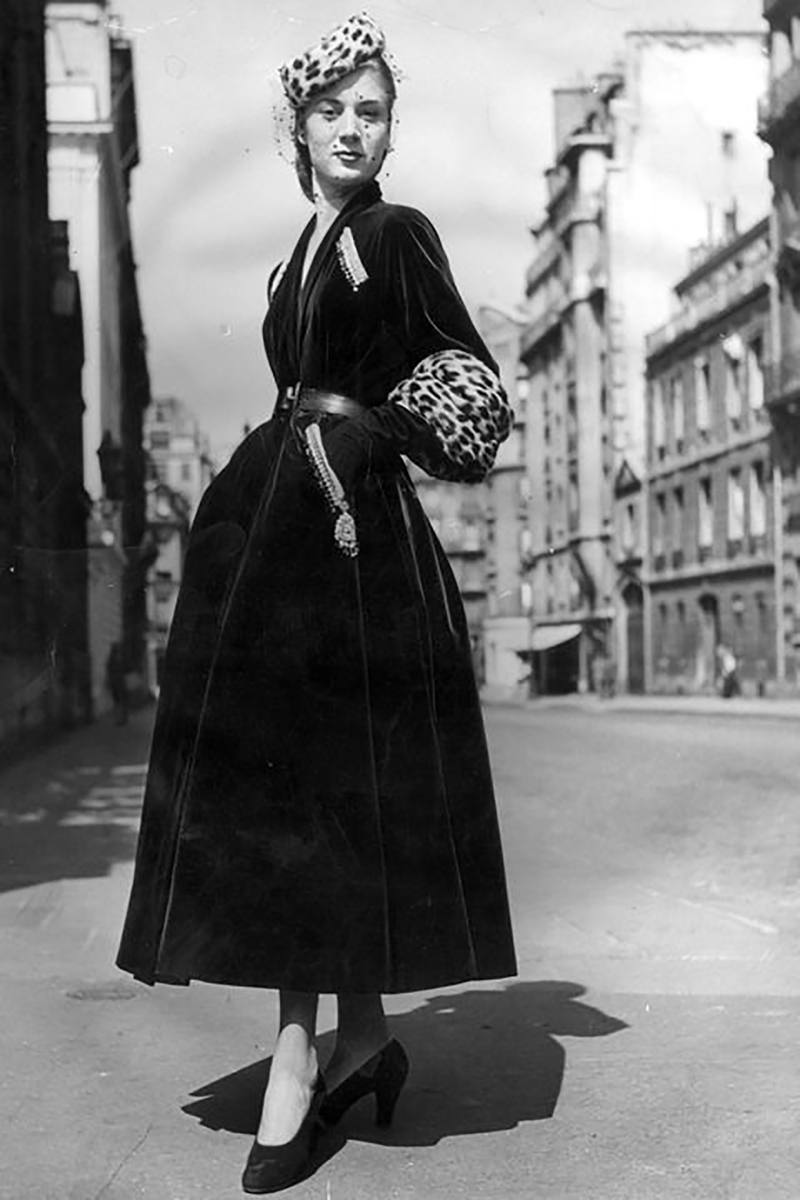
Dior's 'New Look', 1940s
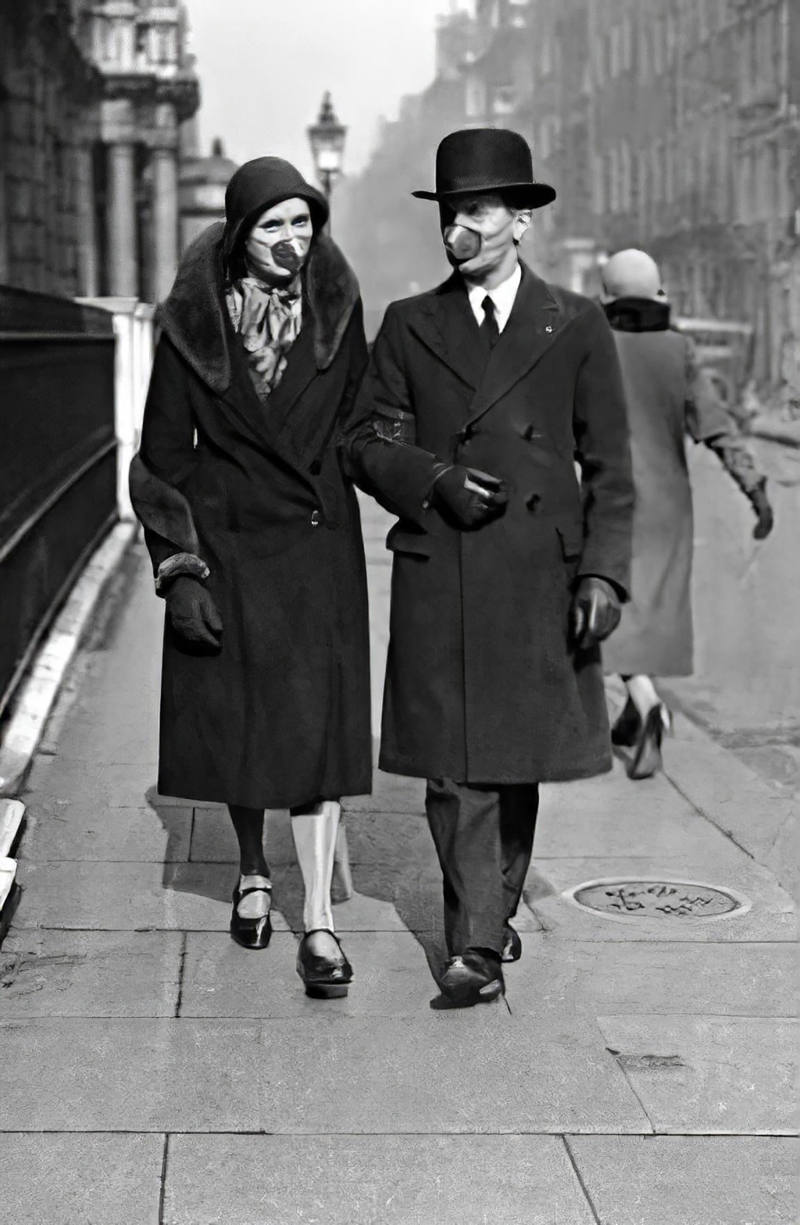
Couple wearing face masks, 1918.
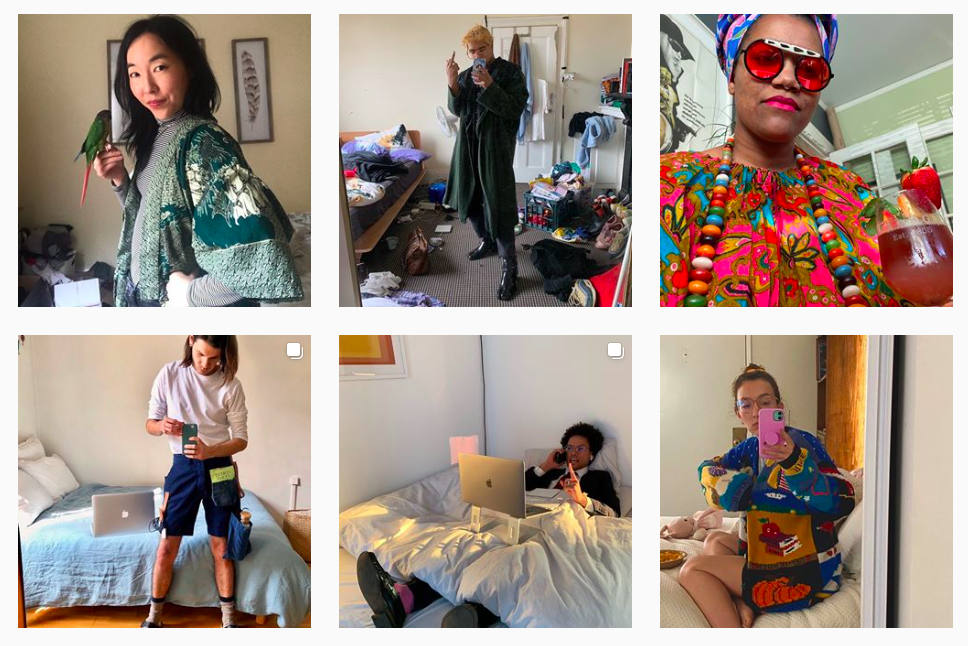
@wfhfits
AFTER CRISIS COMES EMPOWERMENT
After crisis comes celebration. We might presently be stewing in our isolated woes, crying into the latest homemade soup, but the drunken joy of regaining our freedom once this is all over could also parallel that of past crises. Life will be a Technicolour daze of buzzing streets, exultant parties - and cake.
Like Christian Dior’s freeing ‘New Look’ designs following WWII, Fashion post-corona could follow suit in the form of sweeping, colourful fabrics, maximalist shapes, bold co-ordinates and unrestricted silhouettes. The difference from recent trends, however, will lie in our altered mind-sets. We will probably feel both battered and relieved. A sense of urgency to make the most of our health, liberty, vitality and hopefully, our Earth, may ensue, image being much lower down on our list of priorities. We might therefore want easy-to-wear, durable items that will see us through a cyclical chain of events – precious time will not be wasted fussing over a flimsy cross-over dress.
We are creatures of habit with a pack mentality, we will always be influenced by the actions of others. But perhaps this global shut-down will have one benefit: the stalling of the distended fashion industry could prompt a sense of realisation in buyers for the actual irrelevance of being an avid trend follower. We may have known but not truly acknowledged the fact that life and society as we know it is fragile, that we are just fortunate to have the fundamentals - health, family, homes, food - rather than The Z*** Dress or Holmes Bradigan.
Now, we have been forced to acknowledge it. The economic crisis that has been thrust upon us has been set to overtake that of the Great Depression. We may be drawn to celebratory attires in the midst of our victory post corona, but without disposable incomes to stock up on fast fashion trends we will have to invest in more essential goods and be more creative with what we already have. That means a potential return of sewing skills, made-to-last rather than made-to-wear-for-a-minute products, creative re-invention concepts, and the art of wardrobe swaps.
Let's think on a potential return of sewing skills, made-to-last rather than made-to-wear-for-a-minute products, creative re-invention concepts, and the art of wardrobe swaps.
The clock is going to have to be turned back on mass-production of disposable items (at least until our wallets have recovered) and these trying times will unfortunately leave a lot of brands fallen at the wayside. We have already seen numerous global store closures, drops in stock prices, cancelled fashion shows and postponed events. A huge reshuffling will occur, restarting the entire industry. To stay afloat, brands will need to be savvy and sustainable. That leaves us and our own creativity, cradled by cabin fever. When the rule board is dismantled, anything goes. Fashion could return to its basic beauty, an expression of individuality. And in the process, we can hope that our Earth will be able to heal some more.

Cressi Sowerbutts is a fashion communication student based in London and Norwich. Passionate about sustainability and fashion, she aims to fuse the two in highlighting that you can simultaneously celebrate both fashion and the environment.
Instagram: @cressiclaire

